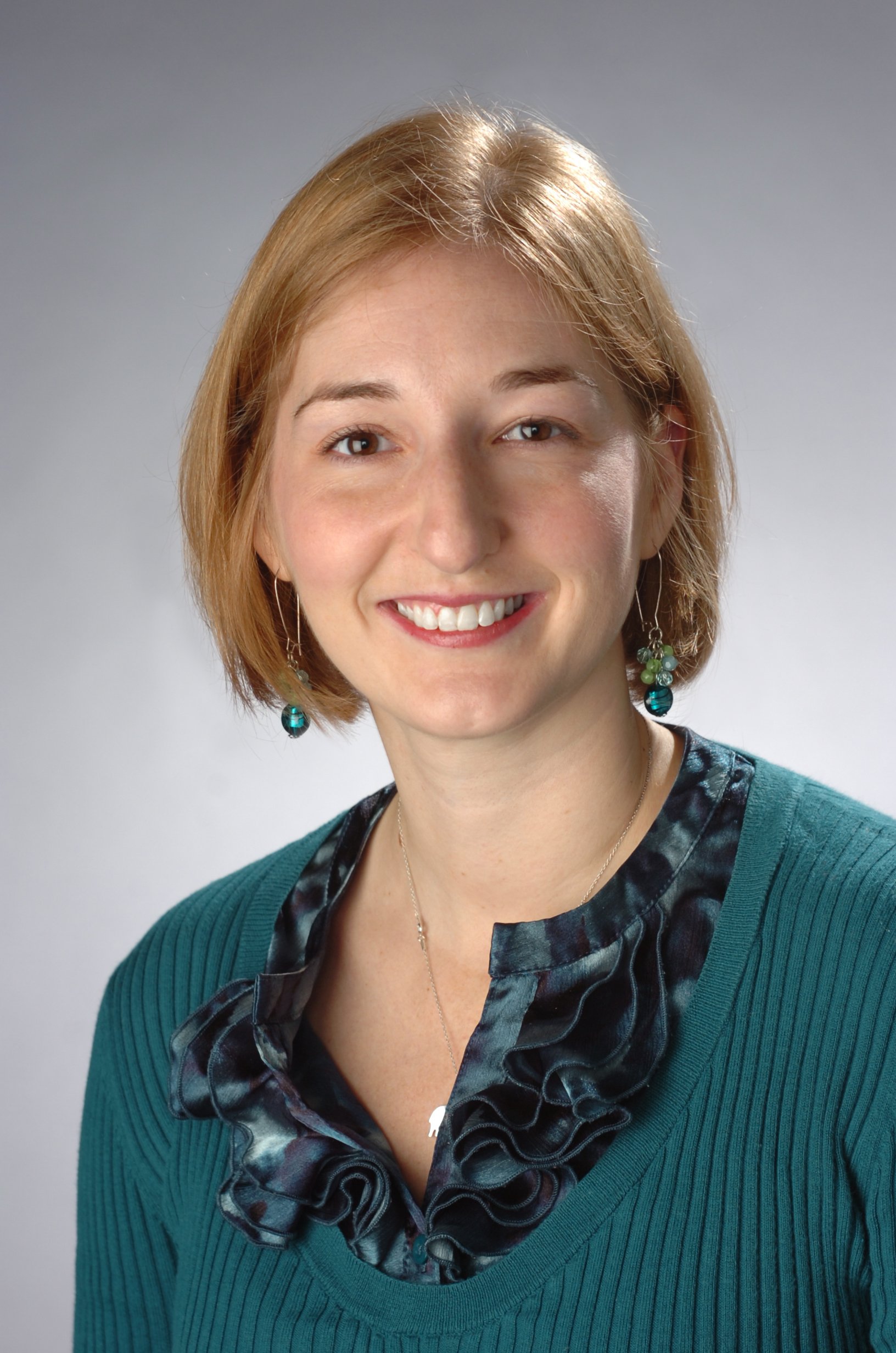Syracuse Physicist Awarded Grant to Study Physical Cell Biology
M. Lisa Manning to shed new light on formation of multicellular structures

A physicist in Syracuse University’s College of Arts and Sciences has been awarded a major grant to study how the shape and motion of individual cells mold biological tissues into three-dimensional shapes.
M. Lisa Manning, associate professor of physics, is part of a trio of researchers who have received $168,750 from the Gordon and Betty Moore Foundation and the Research Corporation for Science Advancement (RCSA) to explore untested ideas in physical cell biology. Their project, “Immersive DNA Force Sensors and Predictive Mechanical Modeling for Tissue Morphogenesis,” grew out of a research competition recently held at Biosphere 2 in Arizona.
Manning’s team includes Justin Kinney, assistant professor of biophysics at Cold Spring Harbor Laboratory, and Margaret Gardel, assistant professor of physics at The University of Chicago.
“As we grow from a fertilized egg into a human being, our cells push and pull against one another, shaping our tissues, our organs, and our bodies,” says Manning, who studies the mechanical behavior of biological cells. “Unfortunately, we don’t know much about these microscopic forces, both within and between cells, and how they enable large, multicellular structures, such as people, to develop.”
To address this complex phenomena, she and her team have proposed an innovative method for measuring and modeling such forces in tissues. They plan to insert small “nanoprobes” of DNA into developing tissues to record where and when these forces occur. The team will also build predictive 3D computational models that will be directly tested with data from the new force probes—a first in the field of physical cell biology.
“Currently, there are methods for measuring forces in tissues along two-dimensional surfaces, but our proposal promises to enable such measurements in three dimensions,” says Manning, adding that principles of theoretical physics will inform much of the process. “It will provide a critical advance for understanding how three-dimensional structures, such as organs, are formed.”
The idea for the project was conceived during a March conference at Biosphere 2. The conference was part of a two-year Scialog program titled “Molecules Come to Life.” Scialog—a portmanteau, blending “science” and dialogue”--is a conference that fosters intensive discussions, team building, and on-the-spot collaborations among early-career researchers.
Manning says she and her teammates worked intensely over several days to create an “original, blue-sky, high-risk” research proposal.
“We were one of five interdisciplinary teams awarded grants,” she says, adding that the conference included other early-career physicists, biologists, and chemists. “By bringing together theorists and experimentalists, we are building a community of researchers that seek answers to important biological questions, while increasing our understanding of the physical biology of cells.”
